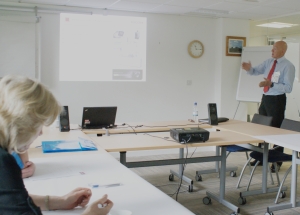I was sent a link to a great peace of work by Harvard University by a friend of ideasUK, Paul Sloane (Destination Innovation) and thought I would share, it is a very interesting piece of work that would be a great starting point to anyone setting up an ideas programme.
Here is an abstract from the paper:
Service organizations frequently implement improvement programs to increase quality. These programs often rely on employees’ suggestions about improvement opportunities. Organizations face a trade-off with such suggestion-driven improvement programs. On one hand, the improvement literature recommends that managers focus organizational resources on surfacing a large number of problems, prioritizing these, and selecting a small set of high priority ones for solution efforts.
The theory is that soliciting a large number of ideas from employees will surface a set of higher priority problems than would have been identified with a less extensive search. Scarce organizational resources can be allocated to resolving the set of problems that provide the greatest improvement in performance. We call this an “analysis-oriented” approach. On the other hand, managers can allocate improvement resources to addressing problems raised by frontline staff, regardless of priority ranking. This “action-oriented” approach enables more resources to be spent on resolving problems because prioritization receives less attention. To our knowledge, this tradeoff between analysis and action in process improvement programs has not been empirically examined.
To fill this gap, we randomly selected 20 hospitals to implement an 18-month long employee suggestion-driven improvement program-58 work areas participated. Our study finds that an action-oriented approach was associated with higher perceived improvement in performance, while an analysis-oriented approach was not.
Our study suggests that the analysis-oriented approach negatively impacted employees’ perceptions of improvement because it solicited, but did not act on, employees’ ideas. We discuss the conditions under which this might be the case.
To download the full paper, follow this link
Full credit for this research goes to Anita L. Tucker and Sara J. Singer and taken from HBS Working Knowledge website.
Of course, ideasUK can help in your quest in launching the ideal engagement programme for your organisation. Contact us today for more information.





